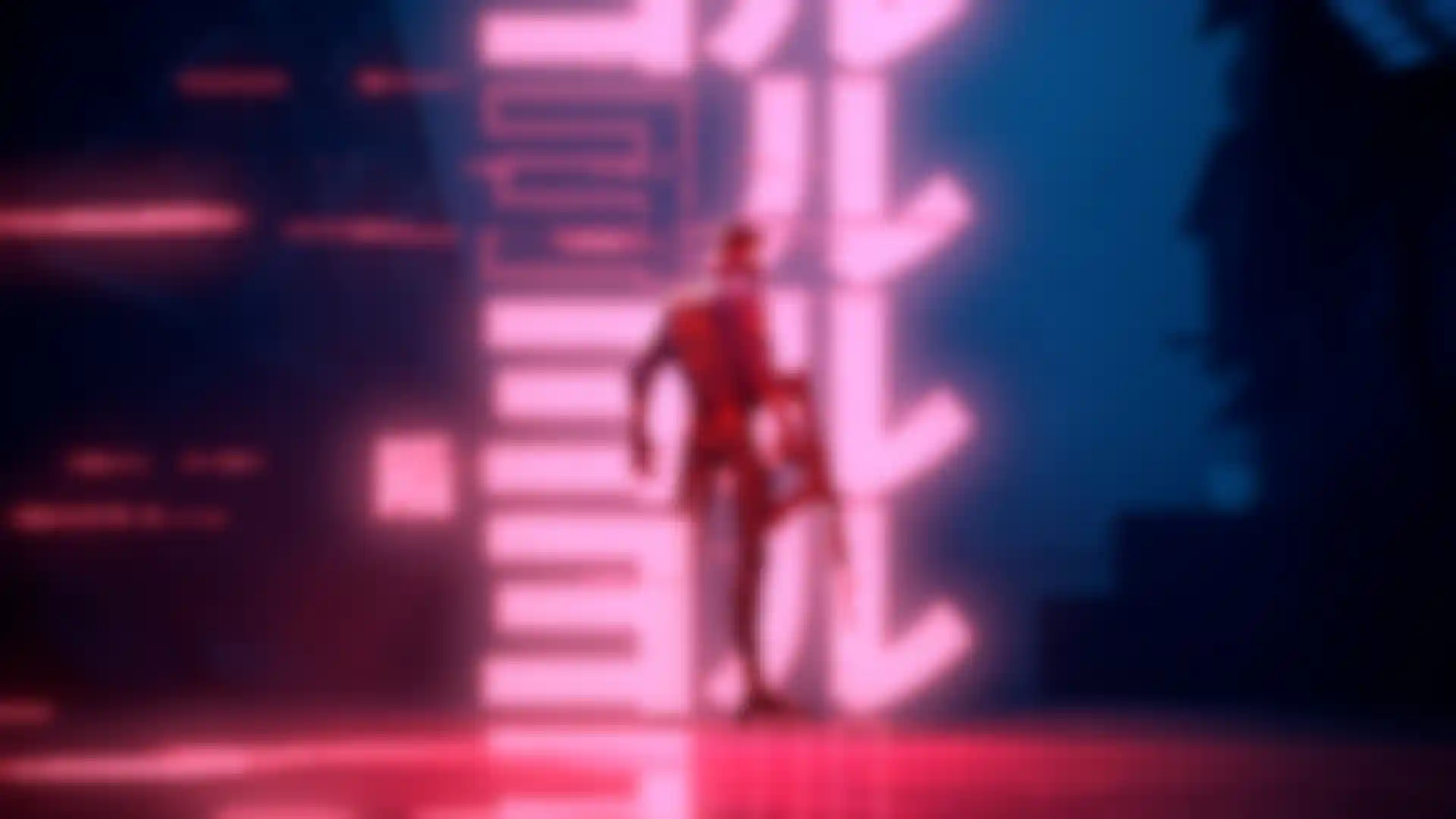
Up Your Game We Are Royale explains their process for creating two recent trailers for Riot Games’ VALORANT.
Creative production company We Are Royale is known for its innovative design work, but the studio is also passionate about gaming. In addition to offering creative gaming technology, consulting and prototyping, the We Are Royale team is also into actual game development.
So it’s no surprise that one of the studio’s clients is video game developer Riot Games. Recently, the two companies collaborated on a couple of projects for Riot Games’ popular first-person shooter game VALORANT. Using a combination of tools, including Cinema 4D, Maya, Nuke, After Effects and Redshift, We Are Royale created a reveal trailer introducing a mysterious new character, Yoru, which was viewed more than 1 million times worldwide in the first 24 hours.
They also made a new trailer for Riot Games’ latest line of weapon skins for VALORANT: Prime 2.0, using Cinema 4D, Houdini, Nuke and Redshift. We talked with We Are Royale Senior Art Directors Eduardo Giusandes and Casey Latiolais about the studio’s work on both projects. Here’s what they had to say.
Eduardo, tell us about the Yoru reveal trailer you worked on.
Guisandes: Having the opportunity to direct a new agent reveal for VALORANT was one of my first forays into video-game-focused content and a dream come true in many ways. I think video games ignited the spark for many of us in the design and animation industry.
Agent Yoru is a Japanese stealth assassin with special abilities and a rebellious personality, inspired by Anime's "too cool for school" archetypes. Needless to say, a pretty cool brief to dive into.
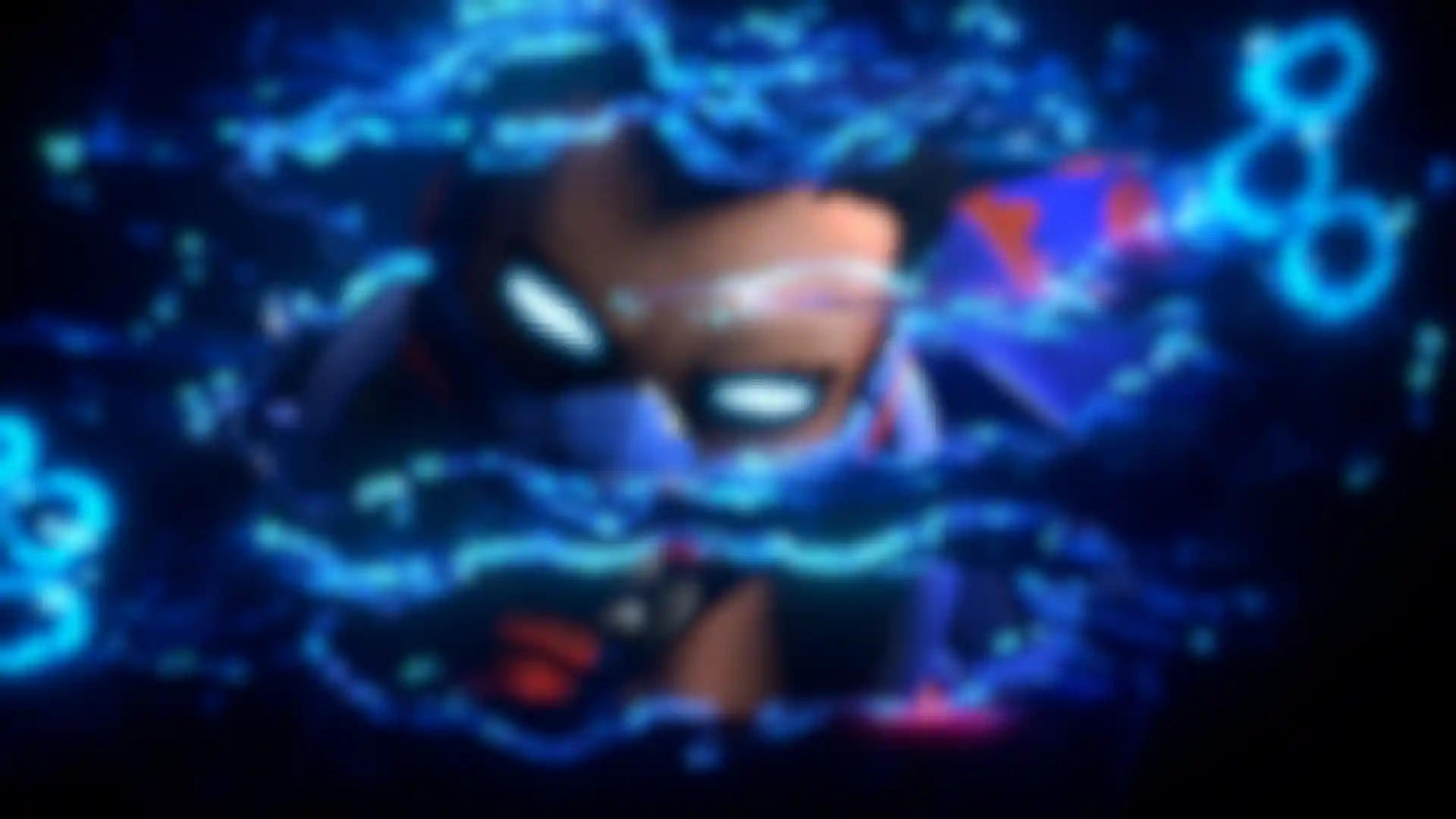
VALORANT is a competitive first-person shooter game with a unique, highly stylized art style and an ever-expanding universe. Within the game, each playable character has a particular set of skills that influence how every match is played and strategized. The introduction of Yoru alongside his special abilities was a highly anticipated moment for casual gamers and pro-players alike.
The main challenge for this trailer was to develop a look that enabled us to seamlessly cut between highly polished cinematic open and closing sequences, with gameplay captures of the character in action. We were tasked with elevating and stylizing the agent's look so that the cinematic portions felt special while not drifting too far away from the in-game depiction of the character.
How did you use various tools to demonstrate what Yoru can do?
Guisandes: Agent Yoru's main special ability relies on shifting himself out of our dimension to hide from enemies’ sight for a short amount of time. It’s a familiar place, but buildings and living beings appear heavily distorted. I'm a firm believer that every element in the canvas should serve a purpose, and the parallel universe provided an excellent opportunity to frame Yoru within a mysterious, stealthy location during the cinematic portions of the piece.

Dense blue fog and a minimalist composition helped frame the character's silhouette and defiant pose. Backlit Japanese architecture informed the character's country of origin. Ferrofluid-inspired glitches were also added to the character's body, communicating the impermanent nature of the space between dimensions.
Process-wise, we received a game-ready character model from Riot, which was animated in Maya and transferred to C4D and Redshift for look development, shader rebuilding and scene assembly.
This was a fast-paced job in which design and production were happening almost in parallel. We relied on Redshift's render speed for fast iterations and its versatile render system to create many utility passes that helped us achieve the stylized look we were after via compositing in Nuke.
We also created a motion design system of overlays that helped us inject the piece with meaningful Japanese Kanji, geometric symbols and character iconography. This served the dual purpose of injecting Yoru's personality nuggets into every shot while also adding an overarching graphic theme that enabled us to unify the look for both the CG cinematic and gameplay sections of the trailer.
We created the design system in After Effects, and then brought it into C4D and Redshift as light-emitting cards to help further integrate the graphic elements into the scenes.
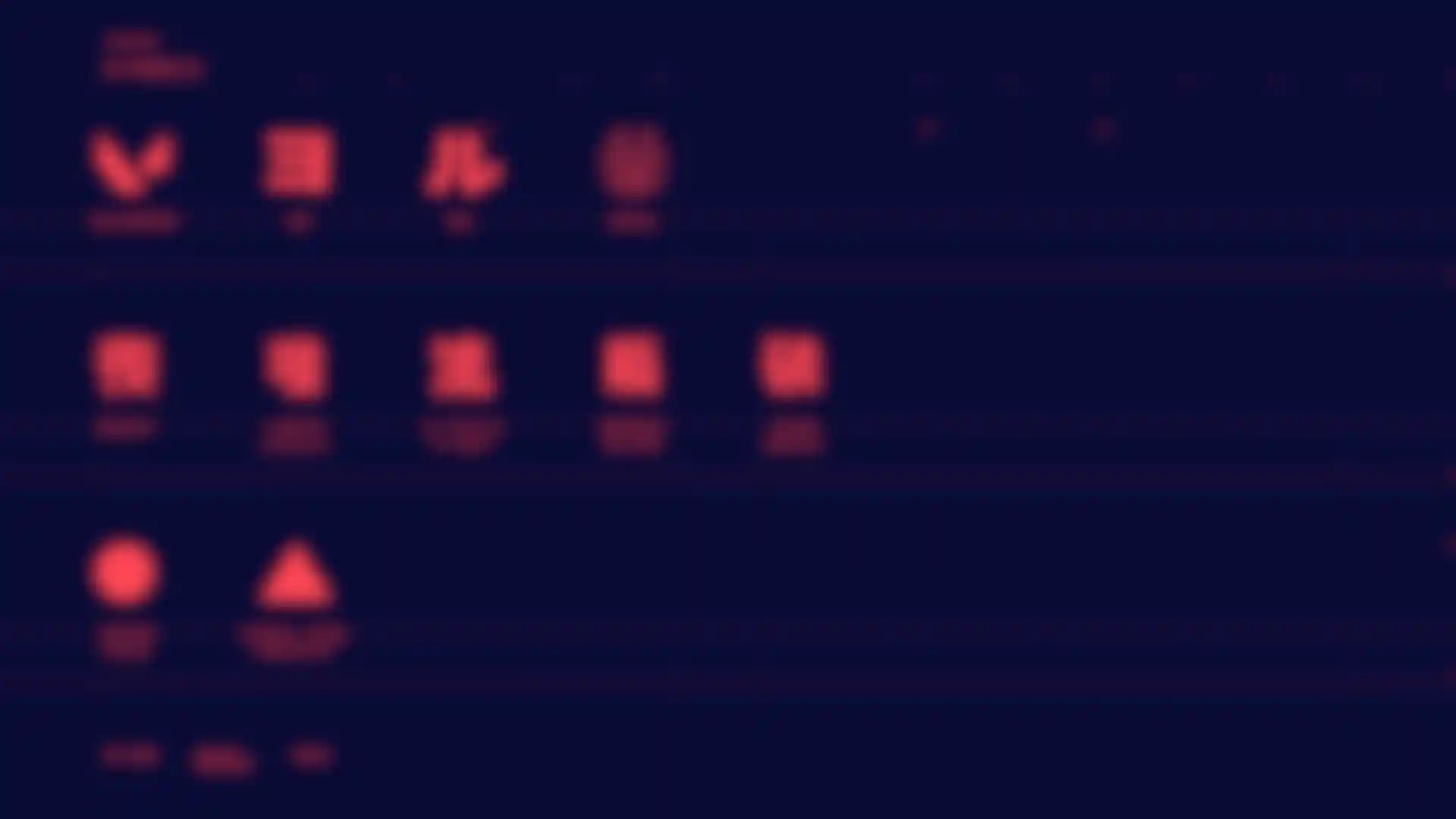
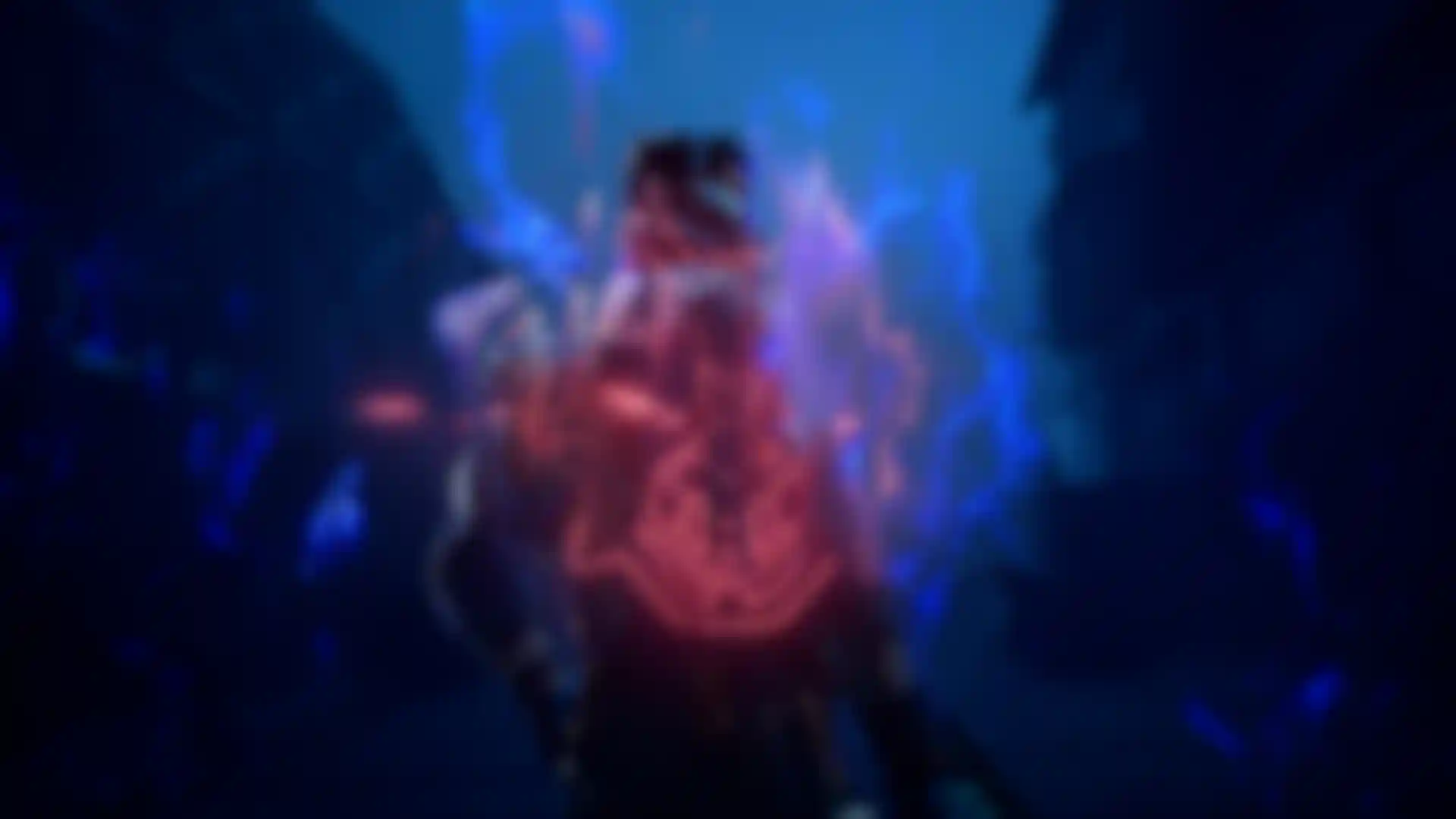
In contrast with the traditional 3D pipelines that rely on bigger teams and uber specialized skillsets, we decided to switch our look dev and scene assembly workflows to C4D in favor of a smaller, highly versatile crew that could own entire shots and move seamlessly from modeling to lighting and everything in between. That enabled us to pivot fast and react to feedback almost instantly.
Casey, you worked on the Prime 2.0 project. Tell us about that.
Latiolais: I did a little bit of everything. This was that fun breed of project that you just want to sink your teeth into. Riot Games provided a brief and then we created some moodboards to capture a few different directions. Once the client approved the direction, we started production on boardomatics and put some music in there to get a real feel.
VALORANT knew fans would be excited about this new gun skin line. They had this idea of a “from rich to wealthy” approach, so we needed to convey that this is a luxury line of skins. You have so much money, you don’t even think about the expense of extravagances like this because being impractical is fine.
We took inspiration from the advertising world’s promotion of tech products. It’s rarely about the specs. Their main focus is to make everything look so visually appealing that the viewer feels as though they need that thing in their hands now.
Describe your process a bit.
Latiolais: We received the models from Riot, which are usually low-poly, game-ready files. We grab whatever UVs we can from that, retexture, apply new materials, light and do our best to make everything look as good as possible. The game has a really stylized look, so one of the challenges was figuring out whether the look should be true to the game or more realistic. Riot Games wanted to lean more realistic, which was great because we had so much control using Redshift.
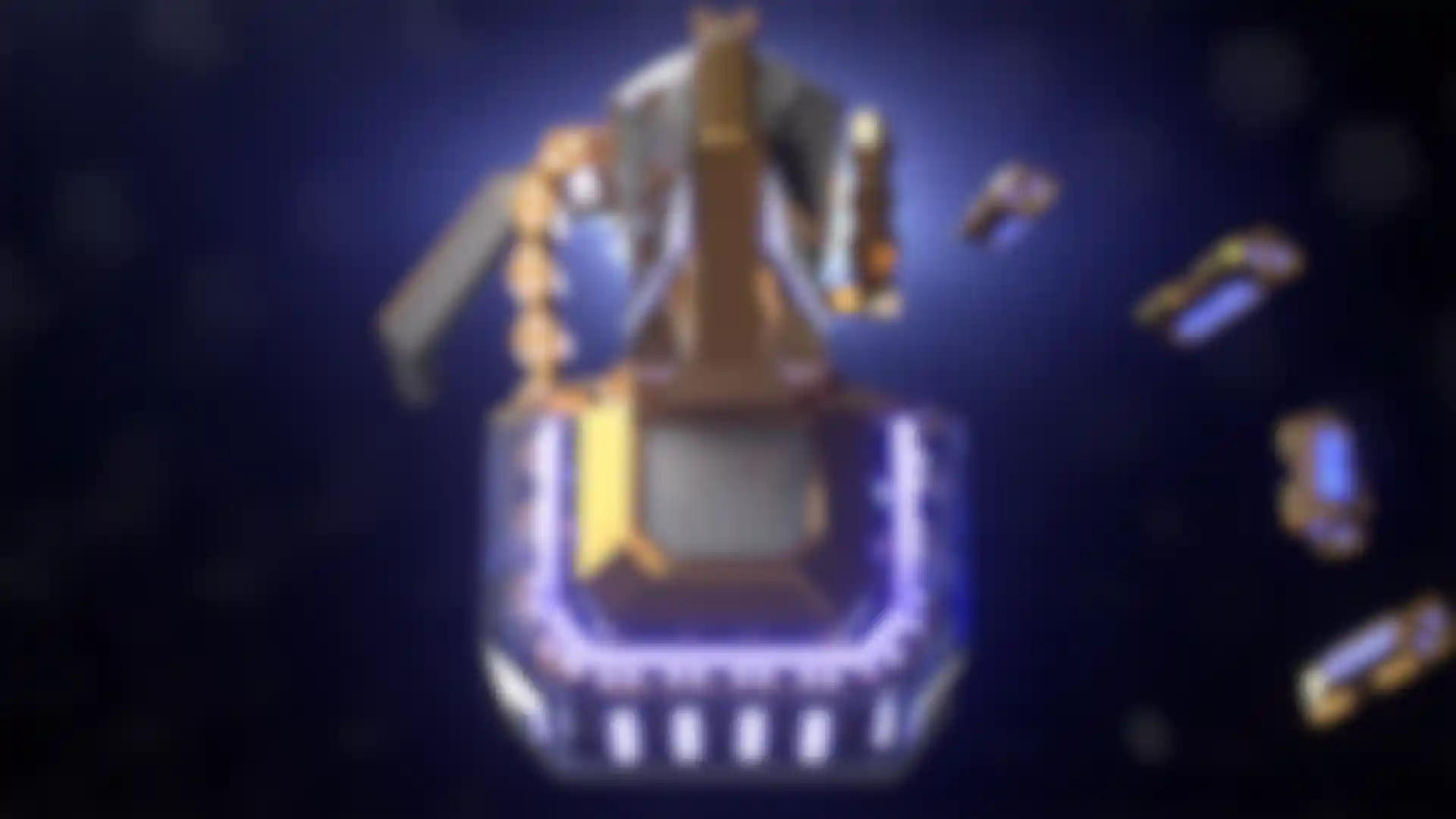

The skins are not just a simple color swap. Riot completely redesigns the models of the guns while maintaining their functionality in gameplay. VALORANT is a purely skills-based game, no pay to win. These skins are cosmetic only, a great way to flex on someone you just bested. We took that into account when designing our visuals. The trailer itself starts with a little bit of a look at a gold bull’s head exploding into shards of glass. It’s a kind of menacing boot-up sequence.
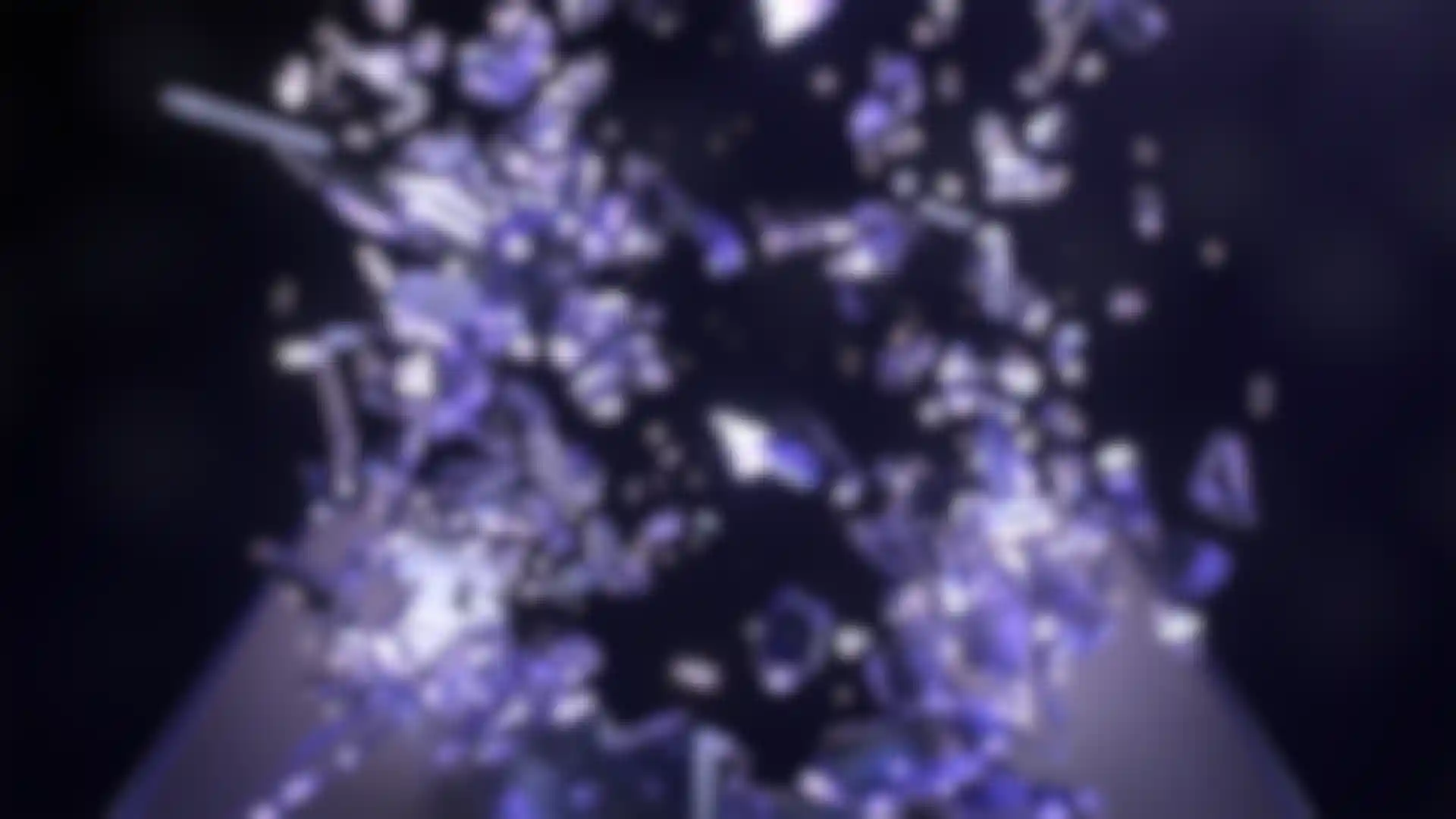
Even though I was the director on this, I’m always looking for an excuse to learn Redshift a little bit more. This project was a good opportunity for me to leech off of some really talented artists. Since a lot of principles from other renderers carry over, it was really just a different dialect of a language I already knew.
Cinema 4D was of course our main tool throughout this project. C4D artists are always great to work with because they’re usually part of the whole process. Everyone touches a little bit of every shot. A lot of really talented artists had a hand in this, and I’m really grateful of the team we put together. Big thanks to Preston Gibson and Byron Slaybaugh for letting me lean on them through this whole process.